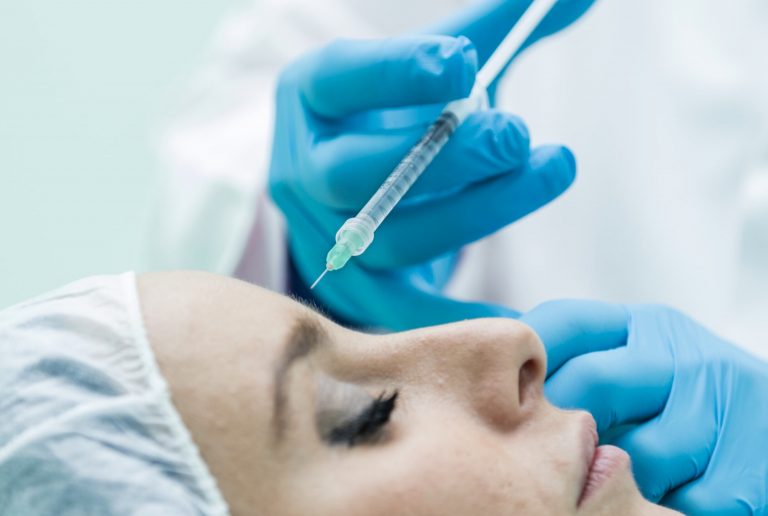One of the biggest breakthroughs in medical intervention in the 21st century has been the development of Platelet-rich Therapy, or PRP. Imagine your own body being able to heal itself rapidly and efficiently with the aid of science. Sounds good? Read on to find out more about how this therapy could be the solution you have been looking for.
Story Stages
What is it?
This ground-breaking therapy involves extracting a small amount of the patient’s blood, which is then processed in a centrifuge to separate out the plasma. Plasma is the largest component of your blood, and its primary role is to transport proteins, hormones, and nutrition to the parts of the body which need it. Plasma also contains platelets – tiny cell fragments formed in the marrow inside our bones – which are like the ER response team when the body is damaged. Platelets speed to the site of injury (internal or external) and form a clot to repair the damage.
A long history
The term PRP was first coined in the 1970s, and the therapy was used in transfusions to help patients with a low platelet count. A decade later, PRP started to be used in surgery to treat injury and conditions to do with the mouth, face and jaw, thanks to its anti-inflammatory properties and its propensity to encourage cell proliferation. Since then, it has been used to treat joint injuries, and became legal for pro sports athletes in 2011 after concerns from the World Anti-Doping Agency that despite its natural origins, it might unfairly enhance performance due to its efficacy.
How does it work?
The theory behind PRP Therapy is that when the plasma is concentrated with platelets (as happens in the extraction process) it can aid healing much faster than normal when injected into the site of the injury. It’s important to note that this is still theoretical and has not been approved by the U.S. Food and Drug Administration, but it is legal to administer. Celebrity athletes such as Tiger Woods and Rafael Nadal have been said to use these injections to help speed recovery.
What can it be used for?
PRP can be used to treat a range of conditions. Currently the most common applications are for knee osteoarthritis, tennis elbow, and plantar fasciitis. PRP is injected directly into the joint where it can get to work healing the damage. Usually a series of injections is required, and most practitioners prescribe a course of injections in conjunction with physical therapy. This combination seems to be the most effective way to bounce back from injury or ailment.
How long does it last?
Most patients report that the effects can last for between six months and a year, but research into more powerful PRP therapies is continuing, with one new type designed for knee arthritis claiming to give up to three years of relief after a single injection. Watch this space!
If you have suffered a debilitating sports injury or accident, or if you are recovering from surgery or living with arthritis, PRP Therapy could be the solution you have been seeking. Consider PRP therapy when talking to your practitioner about your options. It could be the game-changer in your recovery.
